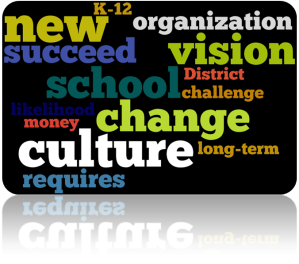To Economic Development’s Business Retention & Expansion (BRE) professionals, the motto is “Keep Jobs and Parlay On.”
BRE programs are not just about retention, they’re really about growth. But it’s hard to parlay your existing businesses into growth if you aren’t keeping the companies and jobs you have already. In the recent article, Expansion, retention key to economic development, Scotland County, NC, Economic Development executive Greg Icard addresses the process and timeline for the retention and growth of one of its local businesses – FCC North Carolina – over a period of 12 years.
What started out as a facility in 2002 after a promised $10 million investment two years earlier became an investment of over $100 million today. Long-term…tremendous growth. Part of that growth is due to the fact that the business acquired a new, very large customer – Ford Motor Company. So the local investment and jobs grew as the local business grew.
This basic fact goes to the core strategy of an effective BRE Program. First, think long-term. Second, build knowledge of and relationships with local businesses, identifying retention drivers, risk of investment/jobs loss. Third, address the retention drivers to retain. Fourth, continually position yourself to be the answer when the question of how and where to expand is asked.
To succeed in the Economic Development world, it’s not just about bringing new businesses to town; it’s largely about what you do to keep and grow with the businesses you already have in town.
Keep Jobs and Parlay On.
Did you like this post? Check out other BRE-related posts at http://brebuzz.com/bre-blog-posts
























